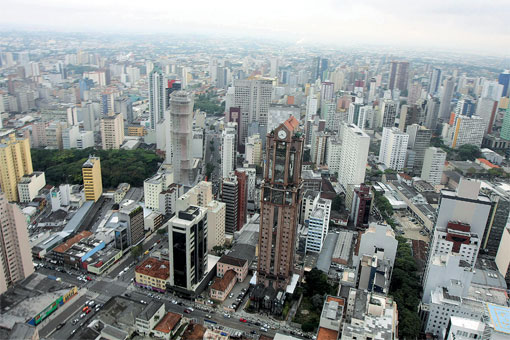In an increasingly urban world, the greatest challenges to quality of life will be in the cities. According to the 2007 United Nations Habitat Global Report on Human Settlements, an estimated 1 billion people live in slums—and the figure is growing. In environmental terms alone, the threat posed by our crowded cities is significant. An estimated 75 percent of global greenhouse gas emissions come from cities, according to the UN.
The outcome of the battle to create sustainable cities and improve the quality of life for their residents while reducing environmental impact will define the planet’s future. As the former three-term mayor of Curitiba, Brazil (from 1971 to 1975, 1979 to 1983 and 1989 to 1992), I helped lead the physical, economic and cultural transformation of the city that started with the creation of the Institute of Urban Planning and Research of Curitiba (IPPUC) in 1965, and the preparation of the 1966 Master Plan for Curitiba.
This included the world’s first integrated mass-transit system, which became known worldwide for its efficiency, quality and low cost. In my first term, my administration also created a model to organize the growth of the city along “setores estruturais”—a model that integrates land use (higher densities, housing, commerce, services), public transportation and the road network to establish an organic, functional urban system. As a part of this, we strengthened the city’s economic base by creating an economic pole in an area close to regional road connections but with direct links to the city fabric. This served to integrate life and work for the city residents. Within the city, we created a system of public parks along urban rivers, such as Barigui, São Lourenço and Barreirinha, to increase green areas, to prevent the growth of illegal occupation of fragile areas and to help resolve major drainage problems. We also revitalized the downtown area by creating the first pedestrian mall in Brazil, the Rua das Flores, in the heart of downtown, transforming an old gunpowder silo into one of the most cherished cultural icons of the city—the Teatro Paiol…





